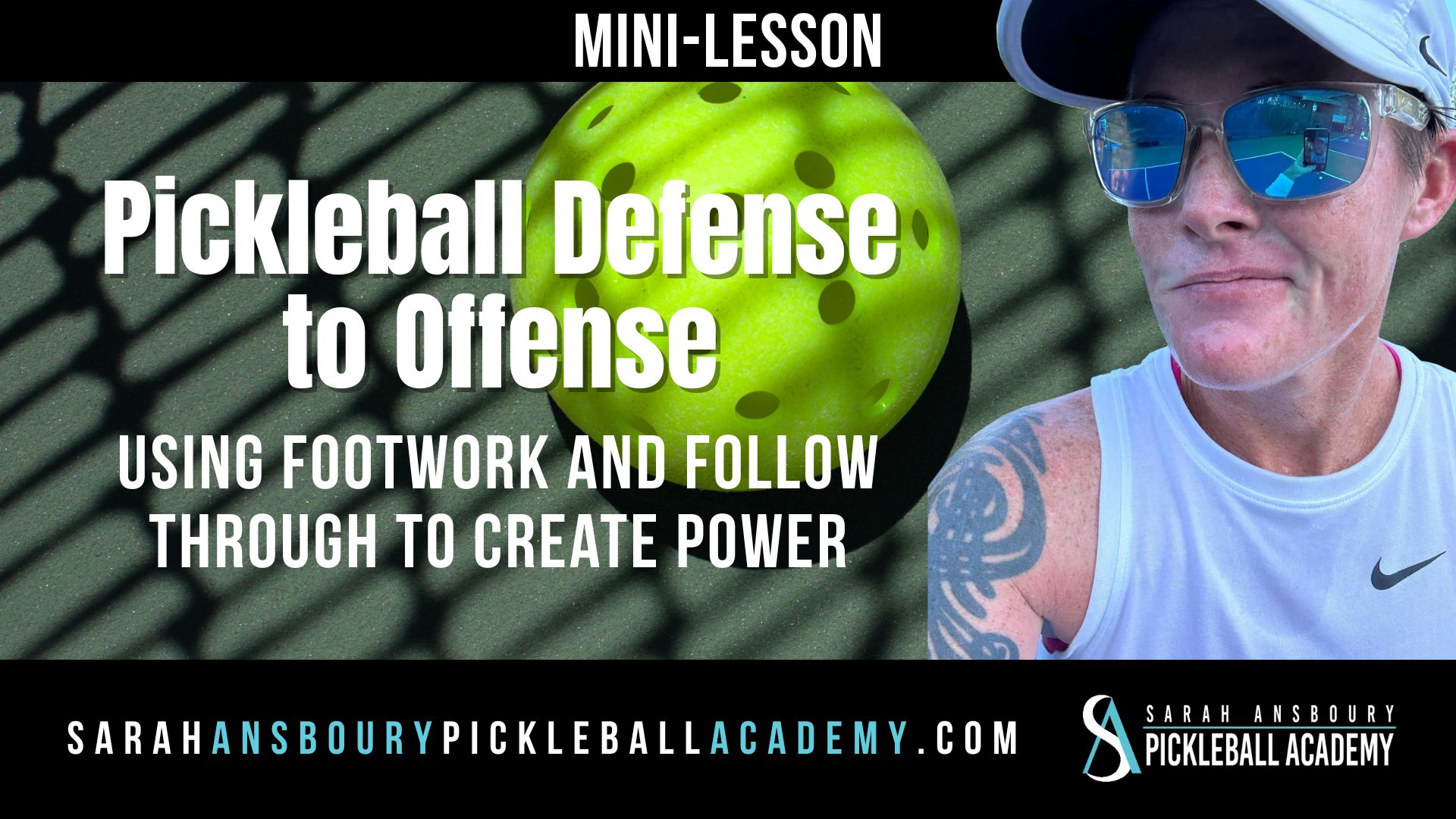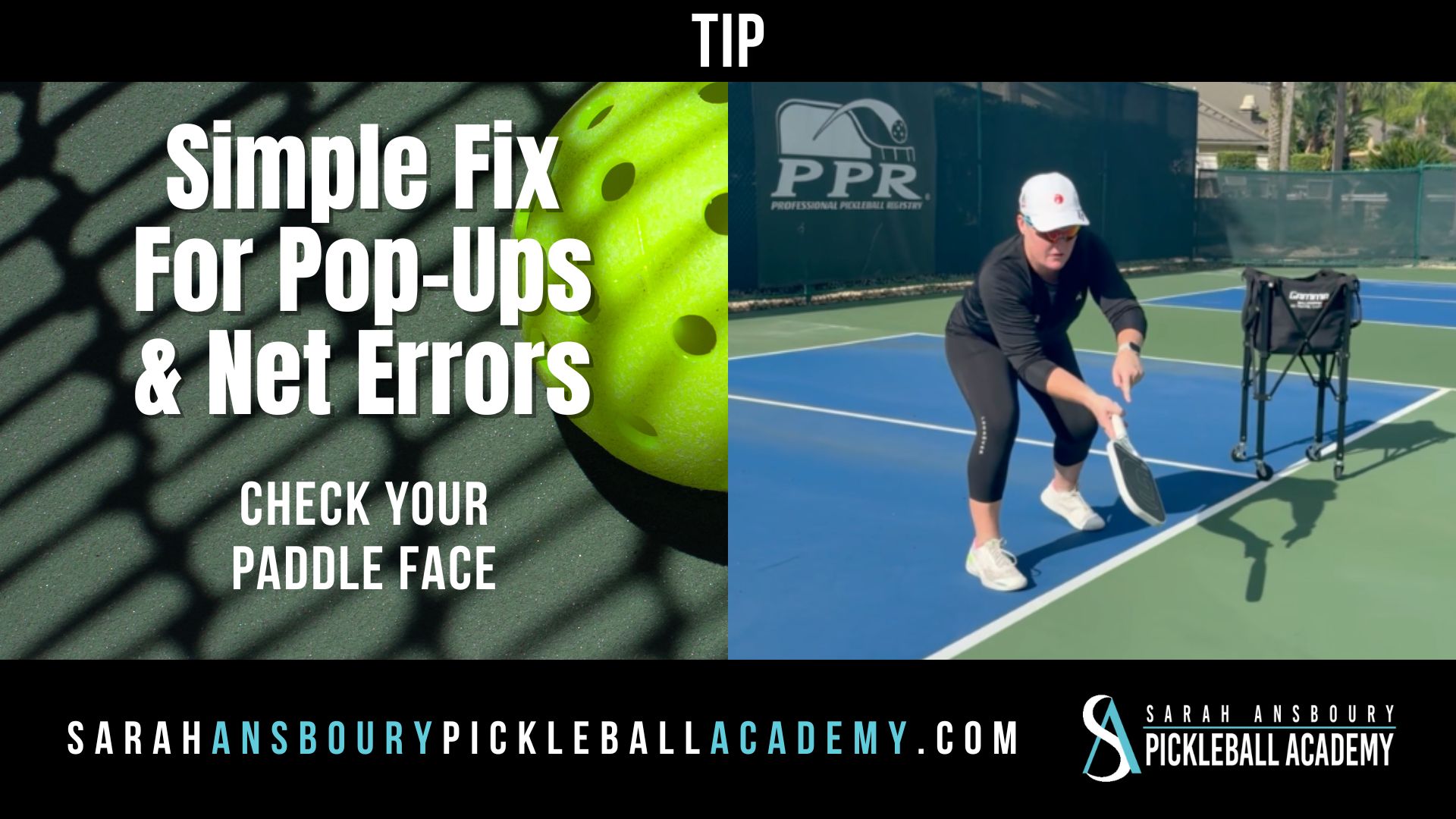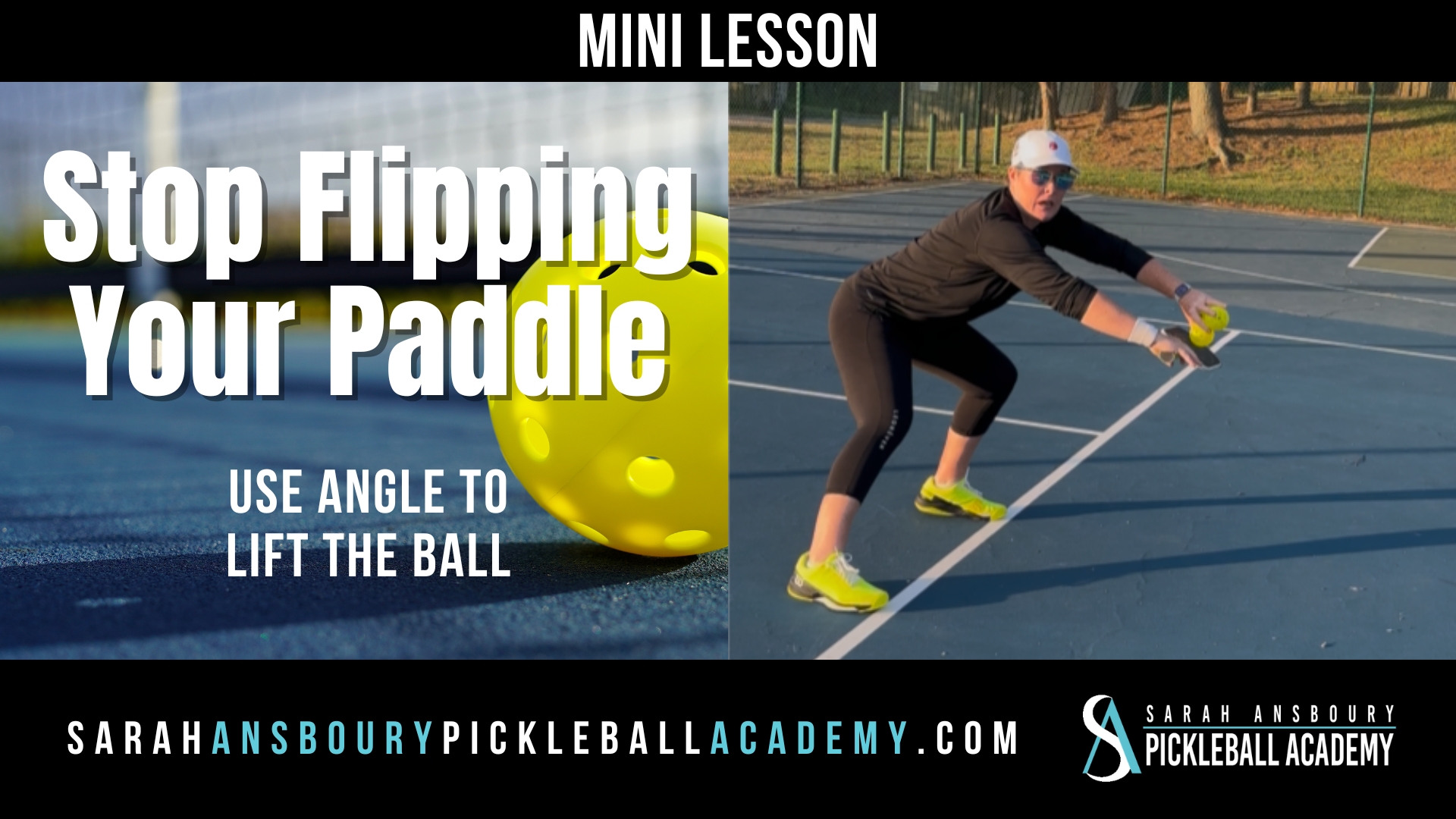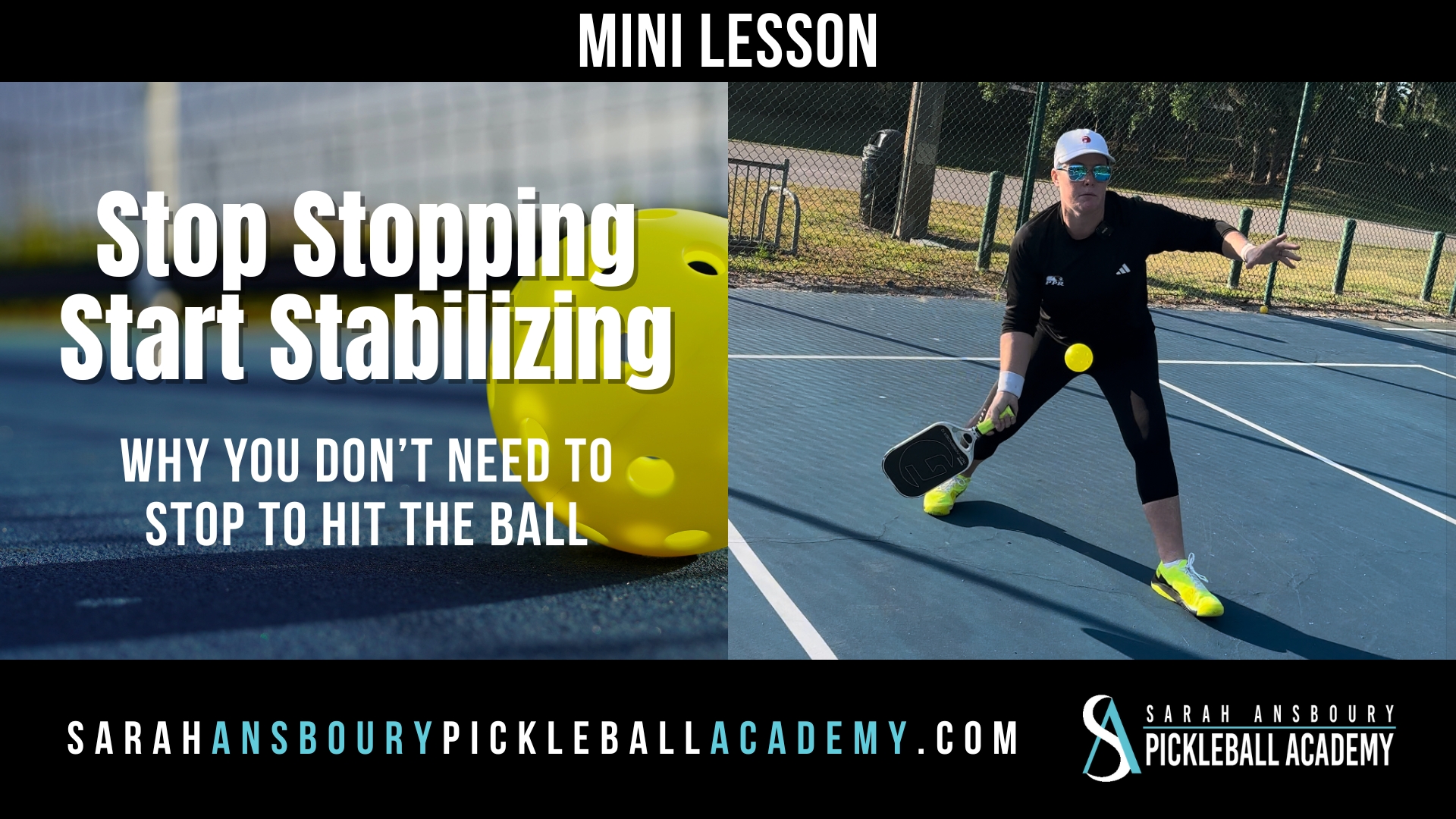Today, let’s dive into a pickleball aspect that often leaves players scratching their heads—the transition zone. While some view it as a perplexing no-man’s land, I’m here to reveal its potential as an opportunity zone. The secret? It all boils down to how you position yourself during this crucial phase of the game.
Picture this: you’re in the mid-court, and your stance feels somewhat squatted and compressed. It’s a situation many players find themselves in, but here’s the deal—it can make dealing with low shots a real challenge. Players in this stance often struggle with balance and mobility. So, what’s the winning strategy for the transition zone?
First and foremost, when a swift, low ball is zooming your way, pay keen attention to your wrist position. Ensure your wrist is relaxed and positioned downward. This wrist adjustment is essential for effectively cushioning the impact of the incoming ball. Avoid any unnecessary wrist movements or awkward angles that could destabilize your shot.
Now, let’s talk footwork. Imagine your partner is holding down the center court, and you’re anticipating the action. It’s a smart move to adopt a staggered stance with your feet. Here’s the drill: if the ball is headed your way, angle your right foot slightly toward the center. This setup offers you enhanced flexibility to move forward and intercept the ball. Should the ball change direction unexpectedly, you can smoothly push off and adjust your positioning.
But where the magic really happens with this staggered stance is when you want to seize an opportunity. Suppose you’re planning a net poach. In that case, you can swiftly push off with your back foot and move forward. This staggered stance, with your weight on your toes and slightly off your heels, not only helps with handling incoming balls but also allows for fluid movement as you transition out of this zone and advance toward the net.
So, remember, the transition zone isn’t a dreaded no-man’s land—it’s a realm brimming with opportunities. By fine-tuning your wrist position and mastering the art of staggered footwork, you’ll not only handle low shots with greater ease but also set the stage for successful plays as you advance towards the net.









